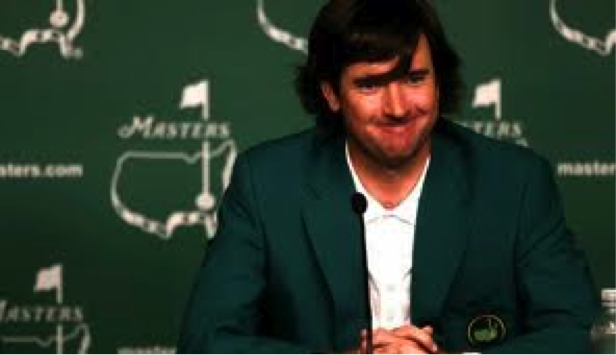 Not letting your goals get in the way of execution
Not letting your goals get in the way of execution
Most professional athletes live their lives in pursuit of some pretty bold career goals–goals which they then translate into objectives for the upcoming season. If they’re really organized and efficient, they then manage to these goals in their daily preparation, execution, and ongoing improvement efforts.
In his post-round press conference, it was clear to anyone listening, that this guy has some pretty bold competitive goals for his career, and for the 2012 season. He knows how many “wins” he wants over the next several years, and you can bet, like most golfers, he pays attention to the numbers and performance statistics week in and week out. But at the same time, it was also clear that these goals, and his progress toward them, were not going to affect his approach to this one tournament. He’d prepared the best way he knew how, and on that Sunday, he would follow his gut and compete the way he does in any tournament.
Conversely, most weekend golfers, like myself, will react very differently when we notice a change in our execution. Think about the last time you double-bogeyed a hole you routinely par, or caused yourself heartache by missing a fairway or green in the exact spot you were trying to avoid. For most of us, and even some professionals, a mid-round “speed bump” will at best create a momentary panic, and a worst send the train completely off the rails. We begin reverting to “mechanical thoughts” and in the process of “screwing our head back on” to its proverbial shoulders, lose the focus on what, in the end, truly matters–that little white ball in that little round hole.
I thought a lot about this last week as I watched the back nine on Sunday afternoon. I noticed the distinct difference between some players’ demeanors (like Tiger and Sergio) versus those of Bubba and Louis. One by one, we saw each player’s bad shot or series of mis-hits take their toll and remove them from contention, while Bubba, in his typical unorthodox fashion, played his own game. Win or lose, he wasn’t going to change strategy or direction. Even when faced with the improbably deep shot into the right pinestraw, he stuck to the strategy that had landed him there.
The key message in all of this for me is that there is a time and place for planning and assessing, and a separate time and place for execution. Occasionally the two will overlap, but rarely do managing and executing co-exist nicely together, and when they do clash, it frequently causes bad results. Think of the customer service rep who gets so preoccupied with adhering to a script or striving to achieve an average call handle time that they completely lose sight of the customer’s issue. Or the manager who is so focused on meeting a reporting deadline that a serious operational problem identified by the data goes unnoticed.
In his press conference, there was a lot of talk about the unorthodoxy of Bubba’s swing. How he stood cool in the face of adversity. How his attitude looked more like that of a kid having fun than a professional golfer. All these questions were the media’s way of saying “Nice job focusing on your execution and sticking to your game” even in the midst of competitive pressure and a competitor who was so close to him in the final holes that his unorthodox strategy may have looked all the more improbable.
But just as he began to appear aloof and perhaps even a bit stubborn in his unorthodox approach to the game, he returned again to speaking about his goals–a key one of which is to achieve 10 wins on tour. And he is nearly halfway there at age 34. His goals clearly guided his preparation and play, but his progress toward those goals was not about to distract his focus from the execution that was required. Not on that Sunday afternoon.
How often do we let our goals, strategies, and operating metrics distract and sometimes prevent us from executing the way that we do best?
-b
Bob Champagne is Managing Partner of onVector Consulting Group, a privately held international management consulting organization specializing in the design and deployment of Performance Management tools, systems, and solutions. Bob has over 25 years of Performance Management experience with primary emphasis on Customer Operations in the global energy and utilities sector. Bob has consulted with hundreds of companies across numerous industries and geographies. Bob can be contacted at bob.champagne@onvectorconsulting.com


